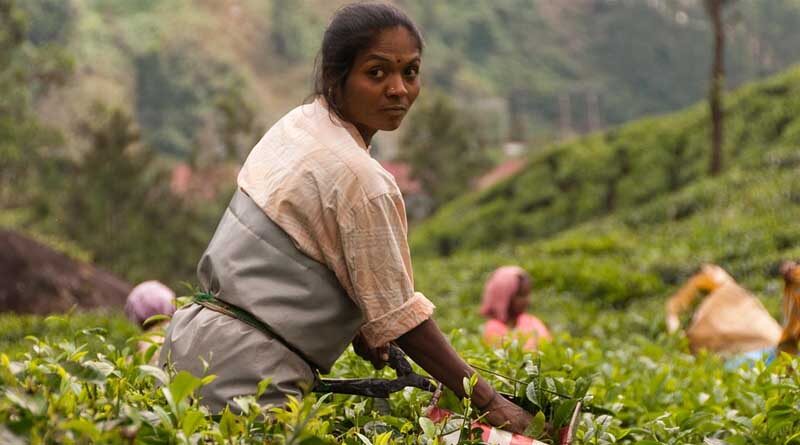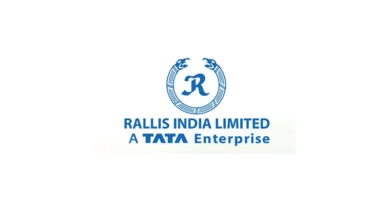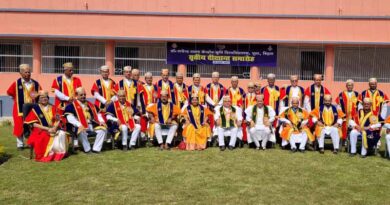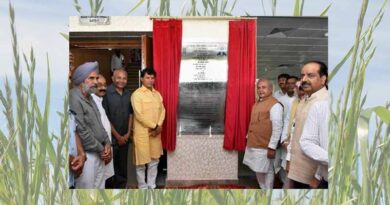Union Budget 2023: An Overview of the Focus on Agriculture
Guest Author: Dr. Suseelendra Desai, Dean of the School of Agricultural Sciences and Technology at NMIMS Shirpur
20 February 2023, New Delhi: During the last few years, the Union Budget has focused on agriculture and allied sectors for overall livelihood improvement among farming communities. During 2023, the budget has opted for a Saptarishi approach i.e., Inclusive development, Reaching the last mile, Infrastructure and investment, Unleashing the potential, Green growth, Youth power, and Financial sector to steer the nation into “Amrit Kaal” for overall socio-economic health of the nation.
These priority areas could contribute to revivifying the agriculture and allied sectors immensely. Agriculture and allied sectors broadly hinge on timely and quality inputs; healthy natural- and financial resources; knowledge support; and logistics & marketing management. Any holistic inclusive development model should focus on sufficient resource allocation and its optimized use across these areas.
Establishing the digital public infrastructure for seamless information flow requires sharing of not only inter-ministerial but also Centre-state harmonized data, which is currently at a lower ebb. Three centers of excellence for artificial intelligence coupled with 100 labs will help to promote tech-driven agriculture. Considering the buoyancy in horticulture to overall agricultural GVA, an outlay of 2200 crores for disease-free horticultural planting material might deserve further impetus.
An outlay of 6000 crores for the PM Matsya Sampada Yojana (PMSSY) sub-scheme to the rapidly growing fisheries sector is a welcome step. However, the overall PMSSY outlay of about 20000 crores for 2020-21 to 2024-25 might need a substantial increase. Even with an outlay of about 11000 crores to date, the scheme has reached about 1.6 million beneficiaries only while about 28 million people are dependent on fisheries for their livelihoods. Further, being a highly perishable commodity, it should also get linked with previous schemes such as PM Gatishakti as well as cold storage chains. With about an annual 10-20% loss of agricultural produce, the 200 billion USD worth of transport segment of the country must be complemented with warehousing, cold storage, and cold transport as a long-term strategy.
Despite all our efforts, formal agricultural credit has been a major stumbling block in pushing the farming community toward local money lenders. Increasing marginally the agriculture credit target to Rs 20 lakh crore could ease the situation though does not saturate. The CAPEX outlay for targeted 100 critical transport projects could align with PM GatiShakti for fruitful deliverables.
India has about 44 lakh organic farmers planting about 59 lakh ha and the demand for quality organic inputs is very high. While PKVY and MOVCDNER schemes promote organic farming, the BPKP sub-scheme under PKVY promotes natural farming. The PM PRAMAN Scheme to support green farming with 10000 bio-input resource centers for natural farming is a very booster for eco-friendly agriculture. However, the backward linkages should ensure employing qualified personnel, research backstopping, and liaison with premier research institutes for constant handholding for reproducible quality products. Similarly, establishing a Centre of Excellence for Millets will help to promote the hitherto forgotten healthy grains. If the operationalization adopts the Public-NGO-Private model, it could help in primary, secondary, and ultra-valorization and effective knowledge management.
The GOBARDhan (Galvanizing Organic Bio-Agro Resources Dhan) with an outlay of Rs 10000 crores to set up 500 biogas plants for alternate fertilizers and circular economy could be linked to a carbon credit scheme to reap additional valorization. However, it calls for resolving the hurdles like waste separation and collection.
Production and supply chain management of quality inputs and marketing of the farm produce form important segments and qualified agricultural graduates can handle these segments efficiently. Similarly, the poor public agricultural knowledge transfer system has opened opportunities for private players. The agriculture accelerator fund could nurture innovative Startups to provide novel technological solutions as part of Make in India 2.0. PM Kaushal Yojana 4.0 is a welcome step but should link with reforms in agricultural education and backward linkages for internships for undergraduate agriculture students with stakeholders like State Departments and agro-industries. Though the New Educational Policy with multiple exit options will impact agricultural education considerably, it will also provide new opportunities.
In her opening remarks, the FM said “This Budget hopes to build on the foundation laid in the previous Budget, and the blueprint drawn for India at 100”. Such a vision could be realized only when all ministries and other stakeholders come onto a single platform through a formal functional network and cross-talk. This would help to maximize benefits from important schemes such as e-NAM, Cluster Development, PLI, Krishi Udan, Export credit Guarantee, Food processing, interest subvention scheme, Agriculture infrastructure fund, PM KISAN Drones, Kisan rail train, PM Kisan SAMPADA yojana, and several animal husbandry schemes.
Also Read: Best Agrolife launches 8 new formulations
(For Latest Agriculture News & Updates, follow Krishak Jagat on Google News)















